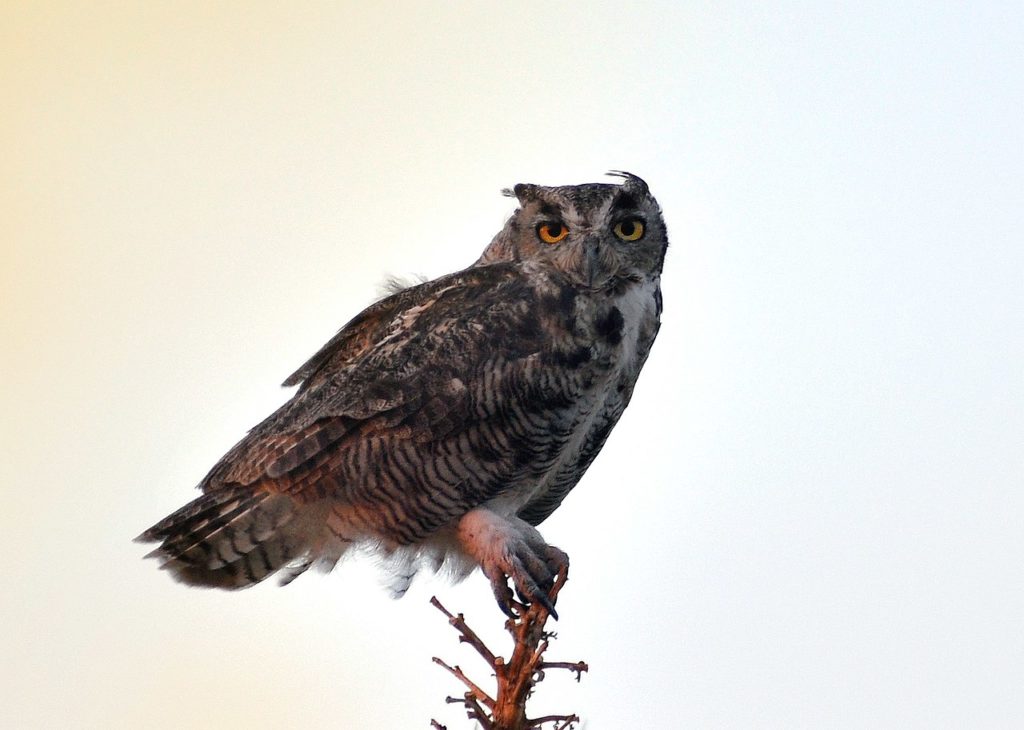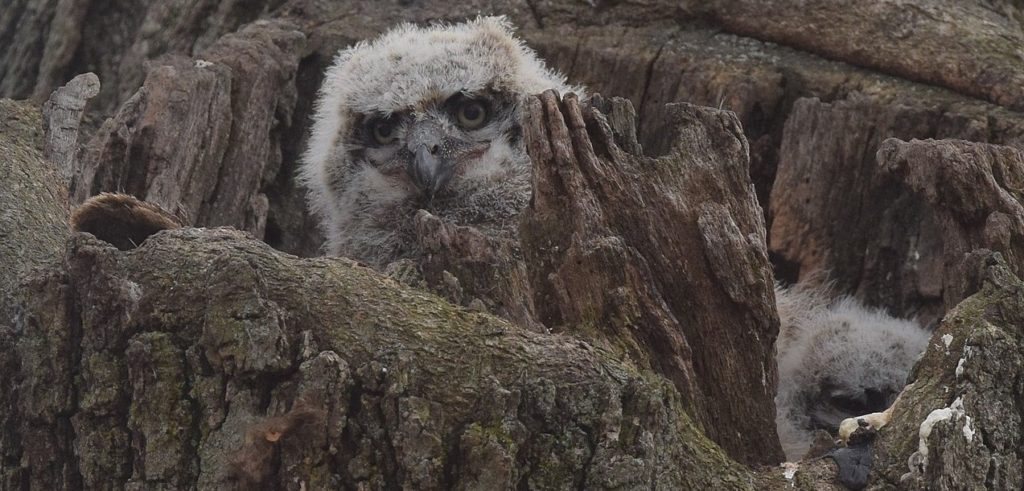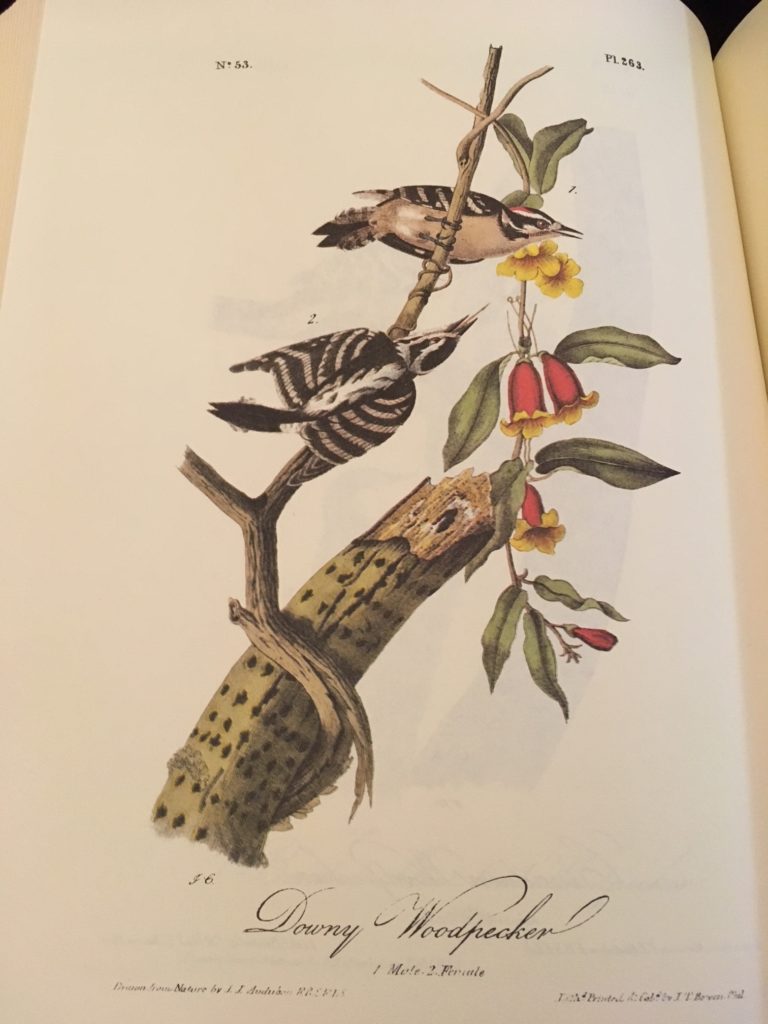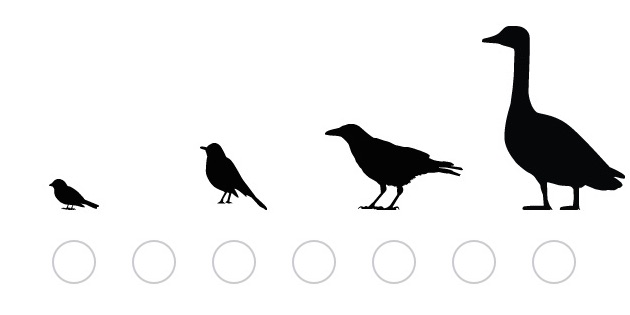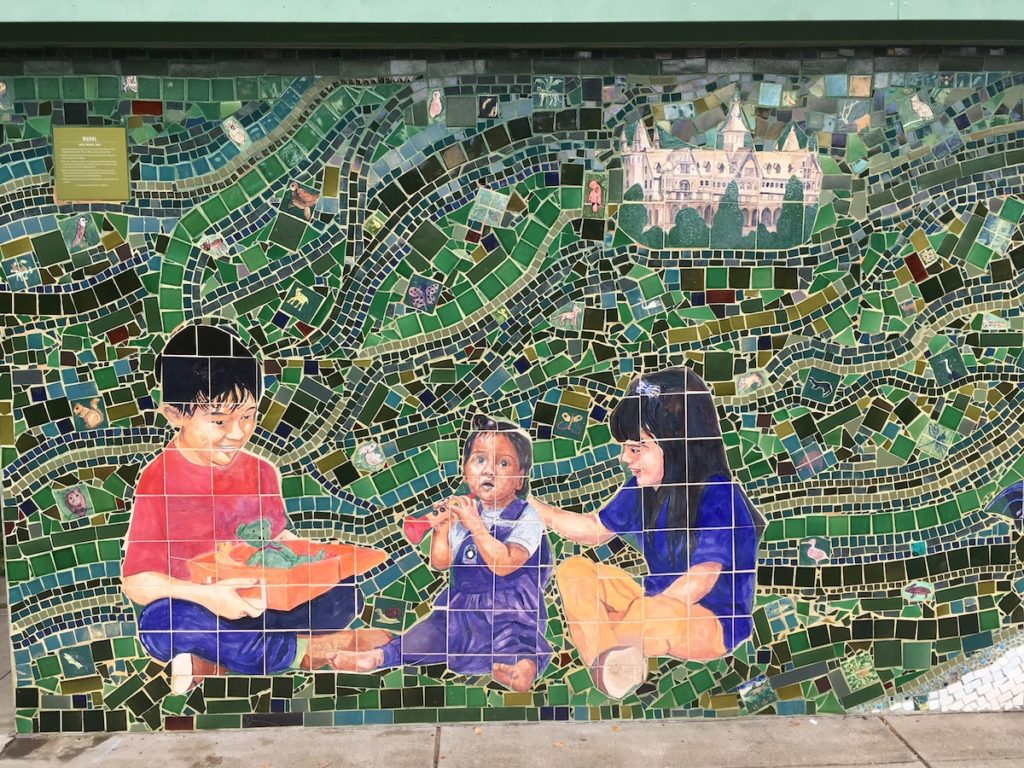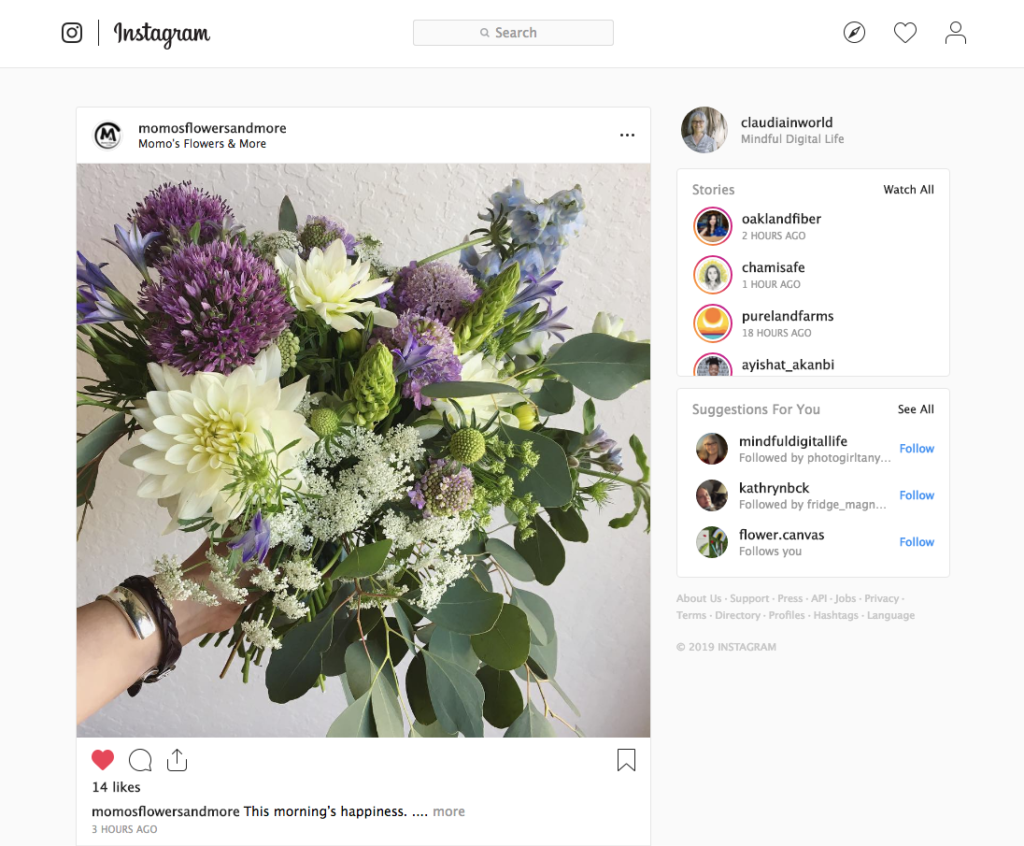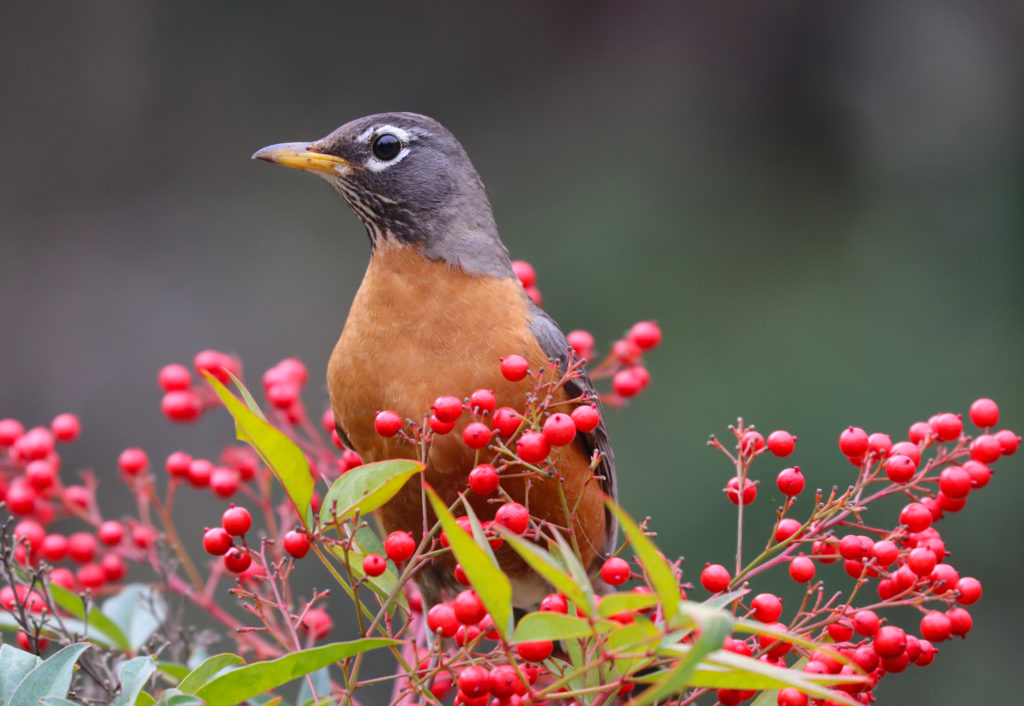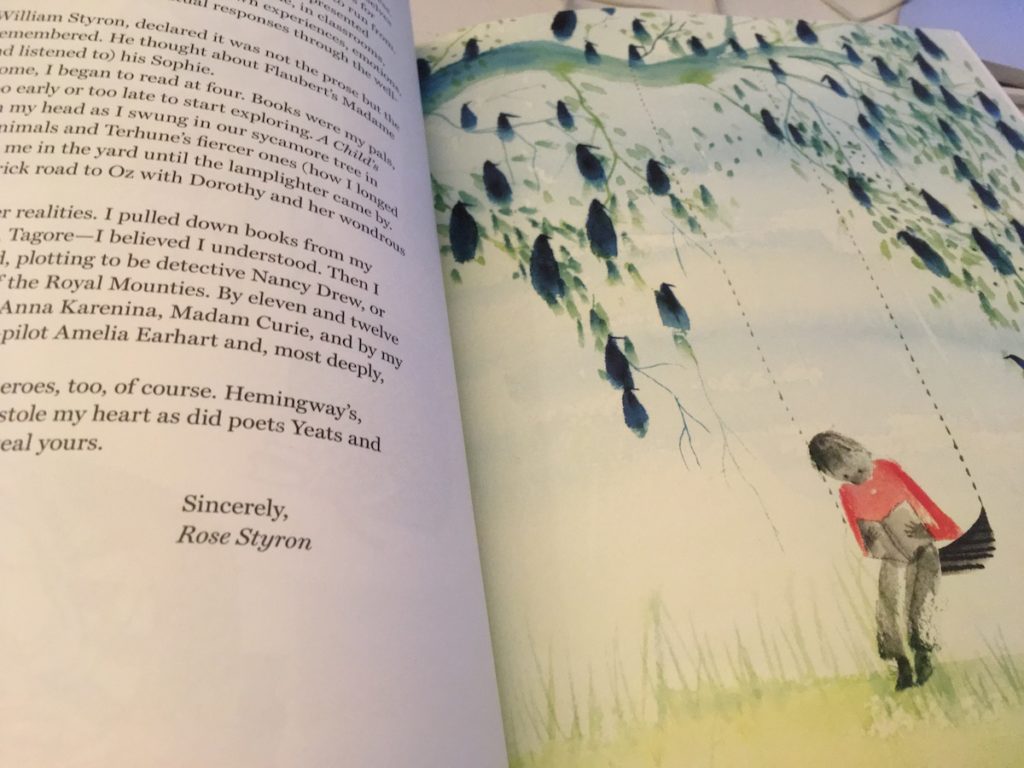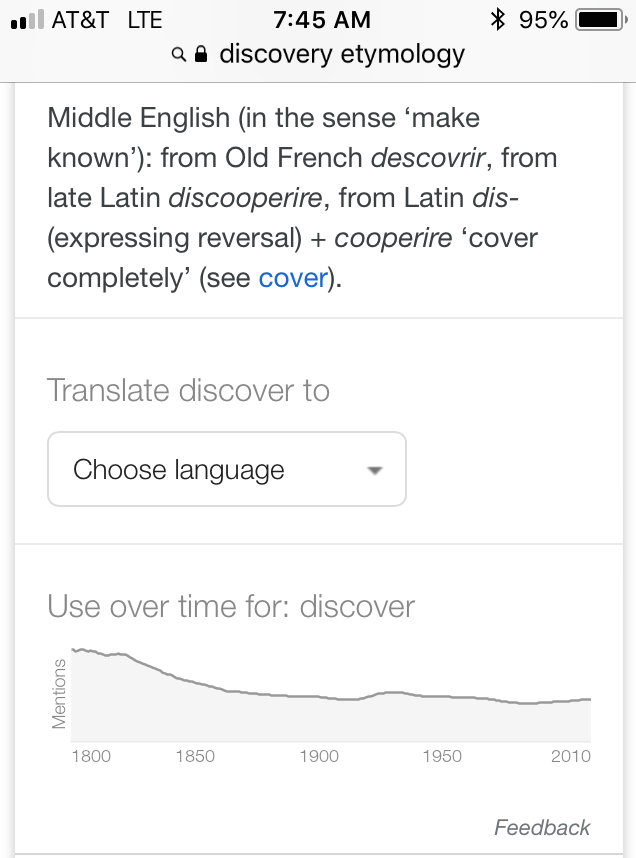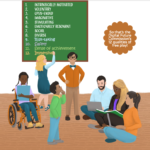In my eBook, Parenting Adventures in the Digital Realm, I introduce the practice of Co-Creative Conversation:

Take a minute to consider a conversation you’ve had with your kids that went really well—any conversation, not just about technology or digital life. Bring to mind the qualities that were present that contributed to the success of that conversation.
We’re talking about building a family culture of genuine conversation about our lives in the digital realm—creating a safe space to test and clarify ideas, to try new ideas on, where over time, through the conversation itself…we can develop more mindfulness…in particular, a curious and kind inner voice that can notice, reflect, and choose.
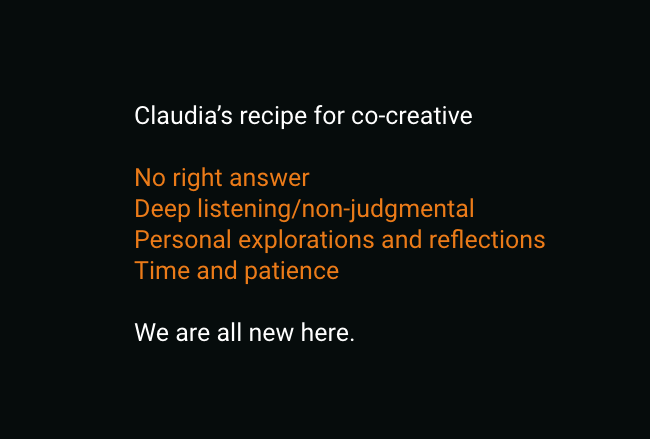
I consider these elements the basic ingredients for Co-Creative Conversation.
Co-Creative Conversation is a practice. In my experience, when you come to the conversation with these basic ingredients, and just show up over time, magic can happen.”
I call Co-Creative Conversation a practice because by building a family culture of genuine conversation about our lives in the digital realm, and creating a safe space to test and clarify ideas, we are developing an essential 21st century skill to help us talk about not just the daily experiences of our digital lives—the extraordinary and the challenging—but we are growing our skills to talk about the very difficult topics that require us to engage them. On a scale of 1–10 with 10 being seriously hard…I encountered a topic this week that is probably closer to a 15. Two technology writers, Nellie Bowles and Michael H. Keller, wrote a piece for The New York Times on video games, online chats, social media platforms, and sexual predation, published on Dec. 7, 2019. It’s part of a larger series the Times is doing. WARNING before you read it: it includes graphic descriptions of some instances of abuse.
I’d really rather be writing about birds or books this week, but I’m sharing this because I think it is important for parents to become more informed about this very serious issue. I am not suggesting this article is in any way appropriate to read with kids. I am suggesting that it is important for parents and educators to understand how these situations can arise and consider deeply how to talk about it with children and teenagers proactively. It will demand creativity and I suspect it will demand courage, gentleness, and compassion. This topic is not new to me. I was aware of it as a significant issue when I was working with educators and youth in the 3D internet between 2006 to 2010. What these writers do in 2019 is walk you through how predation works with different ages of kids and on the wide range of platforms we have today. After reading it, bring to mind other situations in the world that present dangers and how you prepare your kids to be safe in those situations.
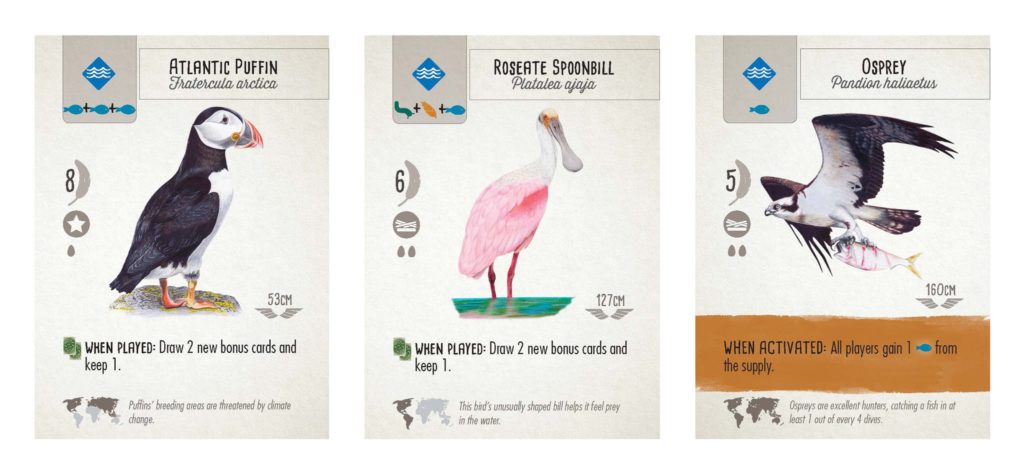
SPEAKING OF BIRDS & BOOKS
Birds: This might just be Board Game of the Year. Wingspan is a game designed by Elizabeth Hargrave and The New York Times did a great profile of her, “She Invented a Board Game With Scientific Integrity. It’s Taking Off.”
Books: A list of 15 Outdoor and Nature Books for Young Children by the team at one of my favorite communities, She Explores. I can’t wait to receive my copy of the Dave Eggers book illustrated by Angel Chang, Most of the Better Natural Things in the World. A tiger roams through landscapes that introduce young readers to different geographic elements, from archipelagos to lagoons and gorges.
As always, thank you for reading.
